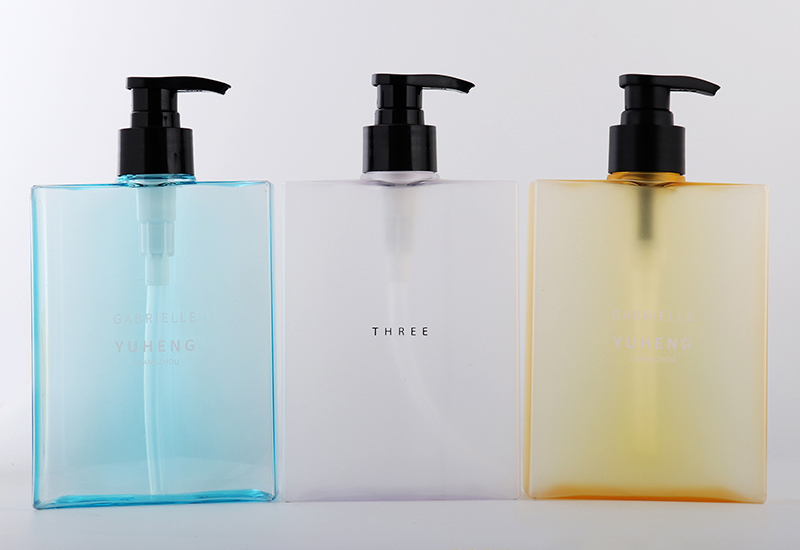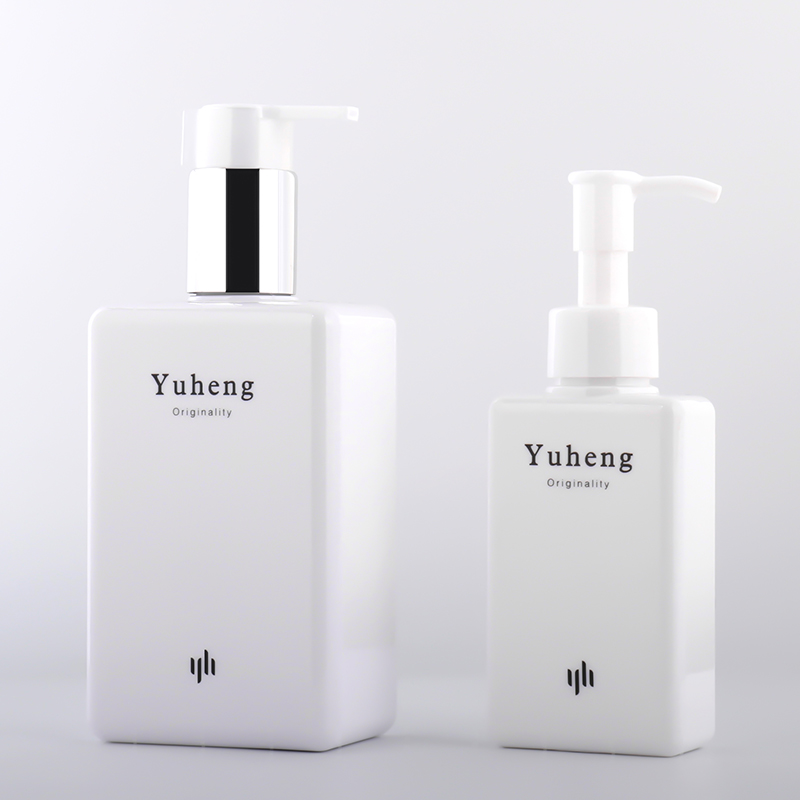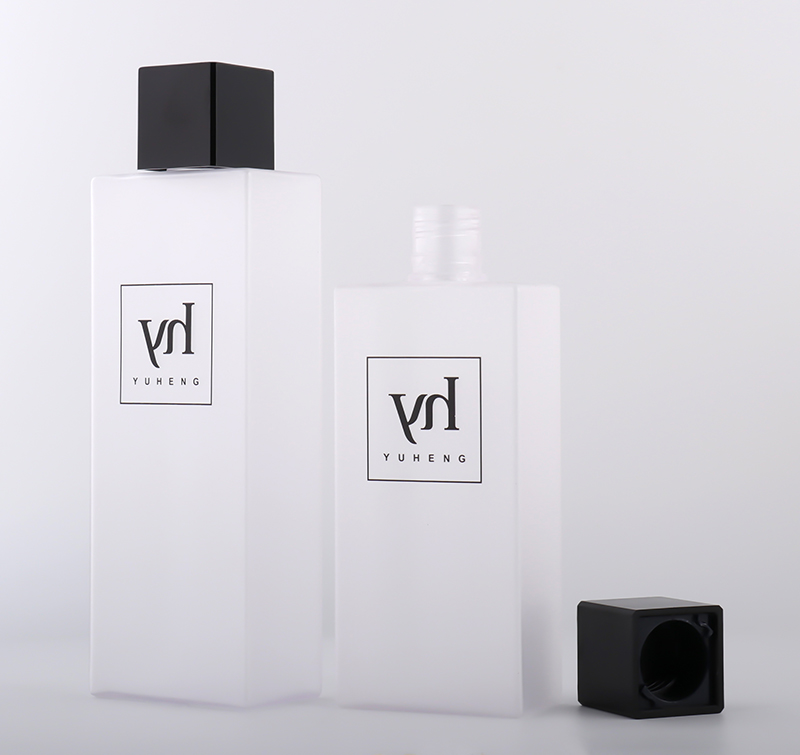Colored plastic products can fade due to various factors. The fading of plastic colored products is related to the light resistance, oxygen resistance, heat resistance, acid and alkaline resistance of pigments and dyes, as well as the characteristics of the resin used. According to the processing conditions and usage requirements of plastic products, the above-mentioned properties of pigments, dyes, surfactants, dispersants, carrier resins, and anti-aging additives required for the production of masterbatch should be comprehensively evaluated before selection.

1. Light resistance of colorants
The light fastness of colorants directly affects the fading of products. Outdoor products exposed to strong light exposure require an important indicator of the light fastness (light fastness) level of the colorants used. Poor light fastness levels can cause products to quickly fade during use.
The light resistance level selected for weather resistant products should not be lower than level six, preferably level seven or eight, and indoor products can choose levels four or five. The light fastness of the carrier resin also has a great impact on the color change, and the molecular structure of the resin changes and fades after ultraviolet radiation. Adding light stabilizers such as ultraviolet absorbers to the masterbatch can improve the light resistance of colorants and colored plastic products.

2. Thermal stability of heat-resistant pigments
The thermal stability of heat-resistant pigments refers to the degree of thermal weight loss, discoloration, and fading of pigments at processing temperature. The components of inorganic pigments are metal oxides and salts, with good thermal stability and high heat resistance. The pigments of organic compounds will undergo changes in molecular structure and a small amount of decomposition at a certain temperature. Especially for PP, PA, PET products, the processing temperature is above 280 ℃. When selecting colorants, attention should be paid to the heat resistance of the pigment and the heat resistance time of the pigment.

3. Antioxidant activity
Some organic pigments undergo macromolecular degradation or other changes after oxidation, leading to gradual fading. This process involves either high-temperature oxidation during processing or oxidation when exposed to strong oxidants such as chromate in chrome yellow. After mixing lakes, azo pigments, and chrome yellow, the red color gradually decreases.

4. Acid and alkaline resistant colored plastic products
The fading of acid and alkaline resistant colored plastic products is related to the chemical resistance (acid and alkaline resistance, redox resistance) of the colorant. For example, molybdenum chromium red is resistant to dilute acids but sensitive to alkalis, while cadmium yellow is not resistant to acids. These two pigments and phenolic resins have a strong reducing effect on certain colorants, seriously affecting their heat resistance, weather resistance, and fading.

For the fading of plastic colored products, comprehensive evaluation of the above-mentioned properties of pigments, dyes, surfactants, dispersants, carrier resins, and anti-aging additives required during the production of masterbatch should be conducted based on the processing conditions and usage requirements of plastic products before selection.




